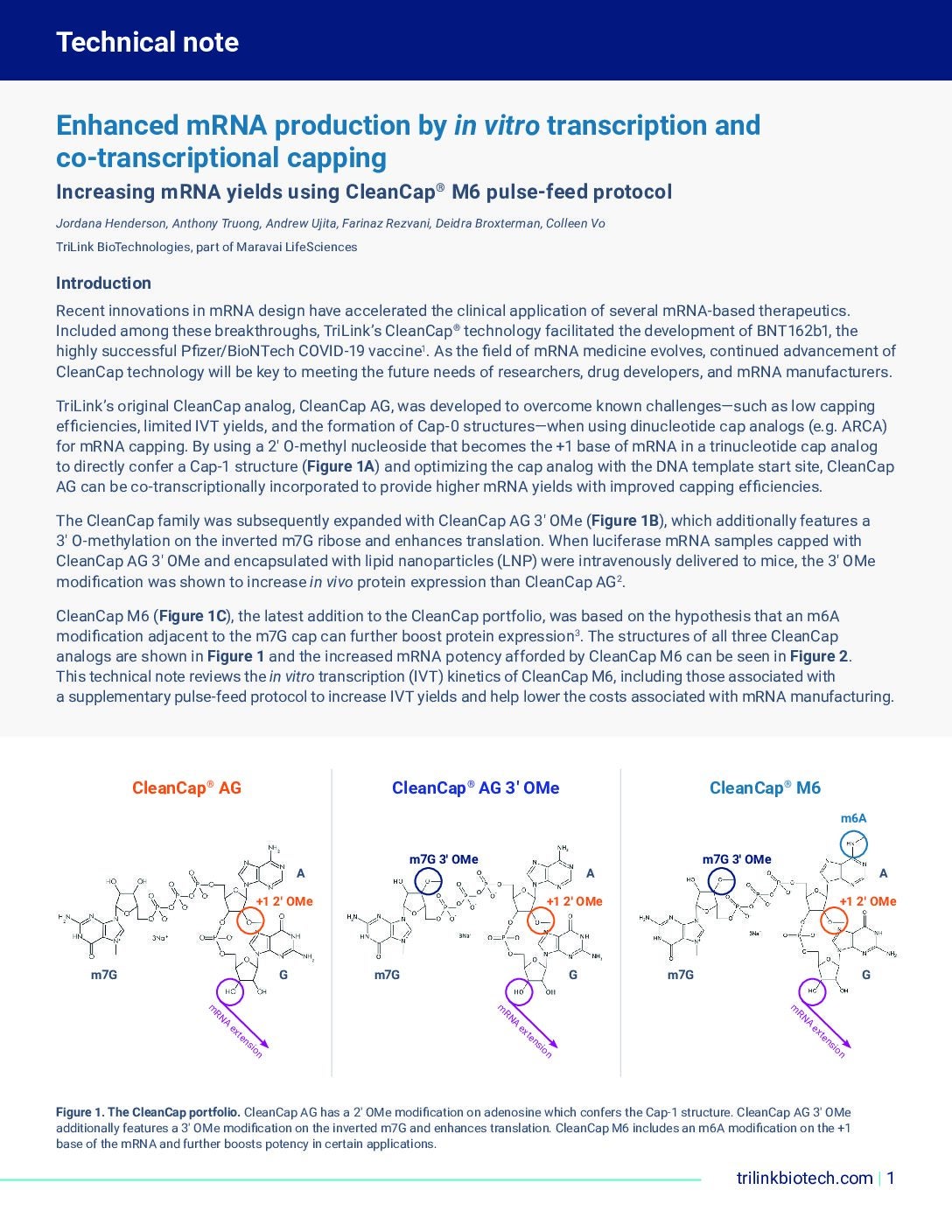

Anima Biotech is utilising machine learning (ML) to investigate the role of messenger RNA (mRNA) in disease, revealing previously unseen pathophysiologies and honing in on new therapies.
Artificial intelligence (AI) and RNA took centre stage at the 2024 Nobel Prize proceedings this month, with awards given for discoveries in ML and microRNA (miRNA).
New Jersey-based Anima is developing its Lightning AI platform which identifies mRNA-dependent disease pathways and screens for small molecules that interfere with these as potential treatments. The company has identified 20 therapeutic candidates using this technology across neurological, oncological, and immunological indications. These include its lead candidate for idiopathic pulmonary fibrosis (IPF), which is currently in preclinical testing.
Anima’s CEO Yochi Slonim told Pharmaceutical Technology in an exclusive interview how preclinical studies have shown this candidate significantly reduced inflammation and fibrosis in affected cells. The effect was greater than seen with Boehringer Ingelheim’s Ofev (nintedanib), the current standard-of-care for IPF. Anima’s candidate also inhibited collagen deposition and fibrotic markers significantly, as per a February 2024 release.
Other assets, not including Anima’s IFP candidate, are under development as part of a $582m deal with AbbVie, established in January 2023, which handed AbbVie developmental and marketing rights to mRNA modulators in immunology and oncology indications. Anima also collaborated similarly with Takeda to develop candidates for neurological indications, foremost Huntington’s Disease, in a deal worth up to $1.1bn, in March 2021.
The Lightning AI process supplies Anima’s image neural network with millions of cell images; “One side is seeing the healthy cells, one side is seeing the diseased cells,” says Slonim. This network, trained on billions of similar proprietary images, can pinpoint differentiating mRNA activity between the two image sets and characterise it by drawing on Anima’s mRNA Knowledge Graph and large language model (LLM).
According to Slonim, this system involves, “a fully automated lab – end-to-end, high-content, high-throughput.” The lab generates millions of visualisations that are fed to the neural networks.
Once an mRNA target is identified, “the story is repeated,” says Slonim. Diseased cells are treated with a small molecule candidate that interferes with the target mRNA. Images of these interactions are fed into the Lightning AI platform until a candidate is found that reverses the disease phenotype. Slonim believes this technology may allow researchers to bypass the high failure rates seemingly inherent in drug discovery.
mRNA vaccine coverage on Pharmaceutical Technology (or Clinical Trials Arena) is supported by Trilink. Editorial content is independently produced and follows the highest standards of journalistic integrity. Topic sponsors are not involved in the creation of editorial content.




